A novel method to fabricate organic-free superhydrophobic surface on titanium substrates by removal of surface hydroxyl groups
——————————————————————————————
发布情况:
Applied Surface Science 479 (2019) 1089–1097
科学研究精英团队:
Hao Wu, Li Xie, Ruitao Zhang, Yuan Tian Suru Liu, Min He, Chao Huang, Weidong Tian
研究方向:
钛(Ti)以及铝合金已普遍用以生物医学工程运用,而且表层润滑性在其运用全过程中造成巨大差别,尤其是表面张力(WCA)>150°的超疏水表层造成了大家的巨大兴趣爱好。到现在为止,大部分在Ti衬底上生产制造超疏水表层的方式都是会引进具备低表层活化能(SFE)的外界有机化合物,这种有机化合物很有可能会危害Ti表层的原有成分,而且长期曝露会遭遇溶解的风险性,但分歧的是在沒有有机涂层的情形下,要在Ti板材上完成超疏水表层好像十分艰难,非常少有科学研究报导。文中根据包含阳极氧化处理、H2O2和调质处理以内的新方式取得成功地制作了超疏水Ti表层(WCA = 151.9°),在这里全过程中,沒有引进低SFE的外界有机化合物。所制取的表层涂成TiO2层,展现出多孔结构外貌,其坑坑洼洼构造的总数(Ra)约为1.21μm。其原理取决于氮氧化合物的吸附和甲基(OH)官能团的降低一同更改了Ti表层的原有润滑性,在其中H2O2除去OH官能团和调质处理起着非常重要的功效。结果显示,表层微表面粗糙度和原有润滑性降低是产生超疏水性的缘故,这类新方式可以在没有更改Ti / TiO2表层原有特性的情形下保持超疏水性,在生物医学工程运用中具备很大的发展潜力。
Abstract
Tianium (Ti) and its alloys have been extensively used for biomedical applications and surface wettability makes large differences during their applications. Especially, superhydrophobic surfaces with water contact angle (WCA)>150° are under great interest and are now finding increased use in the biomedical arena. Up to now, most fabrication of superhydrophobic surface on Ti substrates would introduce external organics with low surface free energy (SFE), which could influence the intrinsic chemical components of Ti surface and face the risk of degradation when exposed for a long time. But it seems quite difficult to achieve superhydrophobic surfaces on Ti substrates without organic coating and few researches have been reported. Herein, a superhydrophobic Ti surface (WCA = 151.9°) was successfully fabricated by a novel method including anodization, H2O2 and aging treatment. During this procedure, no external organics with low SFE were introduced. Then surface topography and roughness, 3D morphology, wettability, crystalline structure and chemical components of the as-prepared samples were characterized. The as-prepared surface was coated with a TiO2 layer, and exhibited a porous morphology with numbers of crater structures with roughness value (Ra) about 1.21 μm. It was found the absorption of hydrocarbon and decrease of hydroxyl (OH) groups together changed the intrinsic wettability of Ti surface, where the removal of OH groups by H2O2 and aging treatment played a critical role. The results indicated that surface micro-roughness and declined intrinsic wettability were responsible for the formation of superhydrophobicity. This novel method could achieve superhydrophobicity without changing the intrinsic properties of Ti/TiO2 surface and would have great potential in biomedical applications.
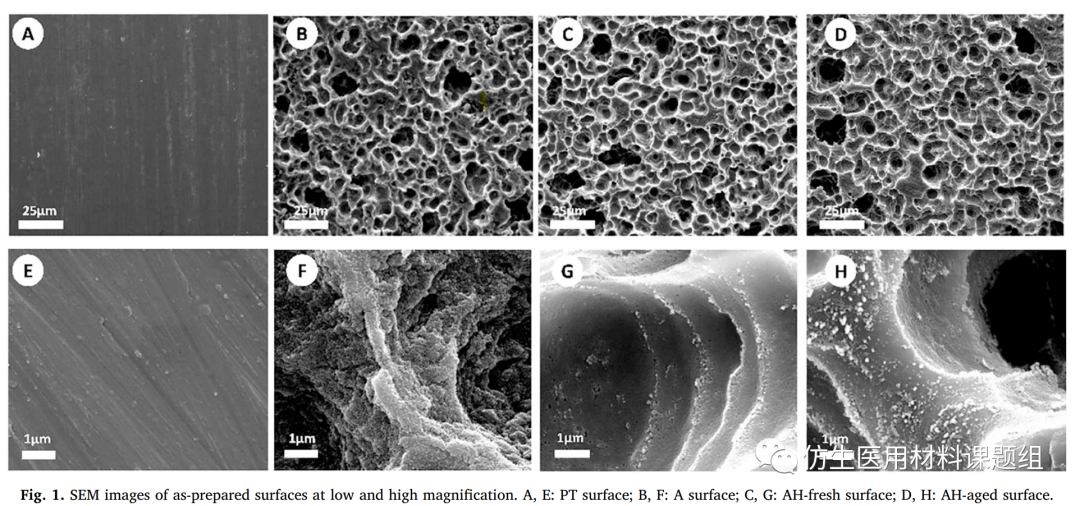
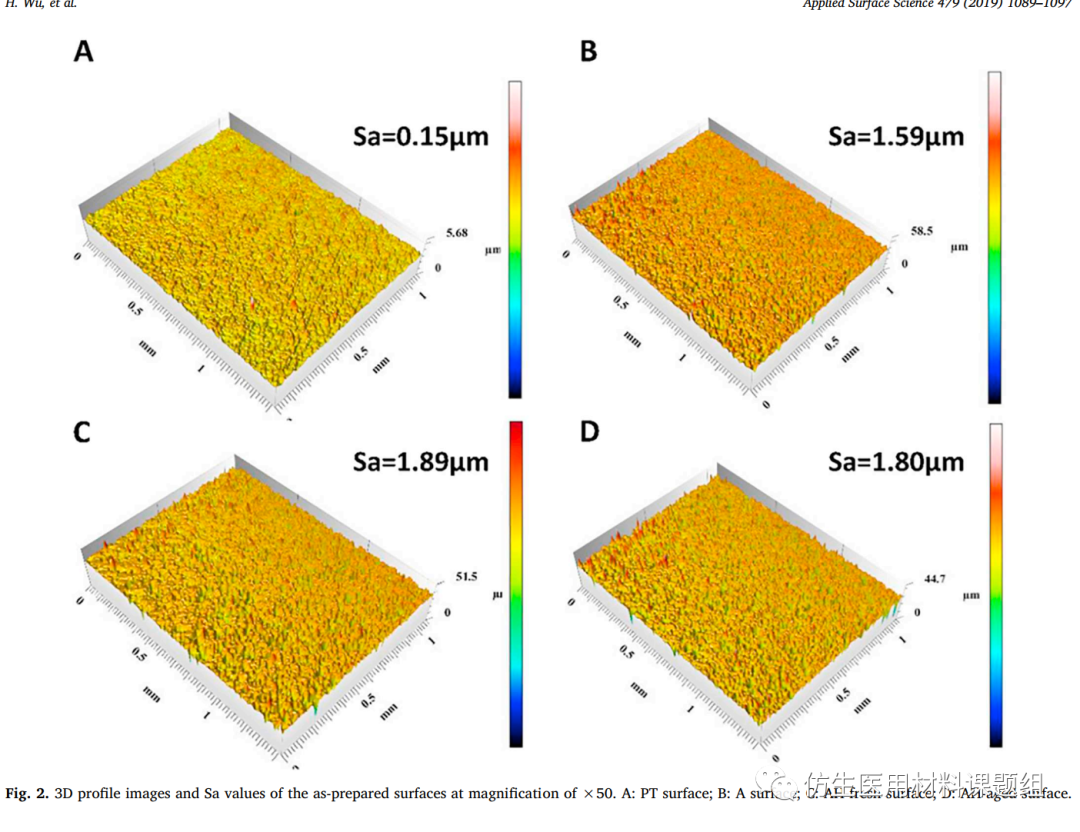
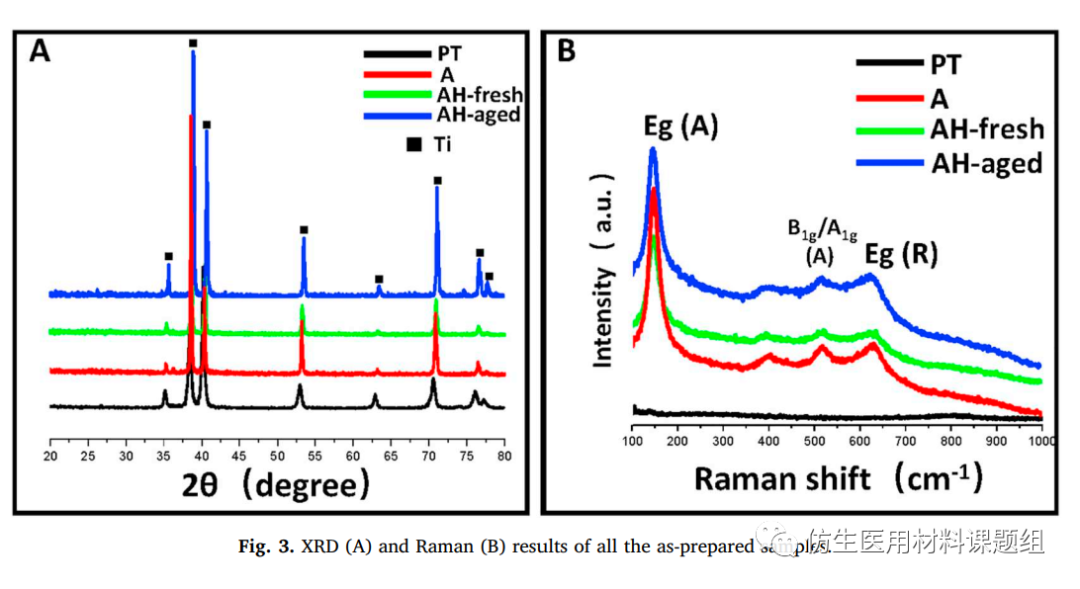
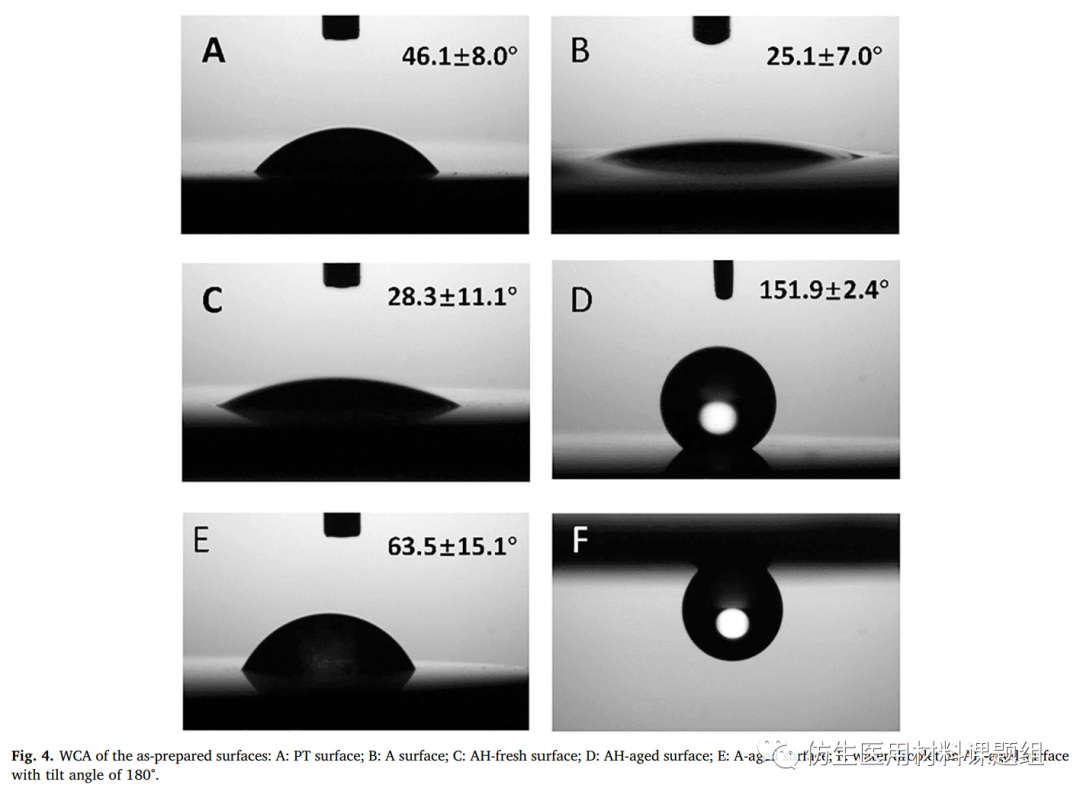
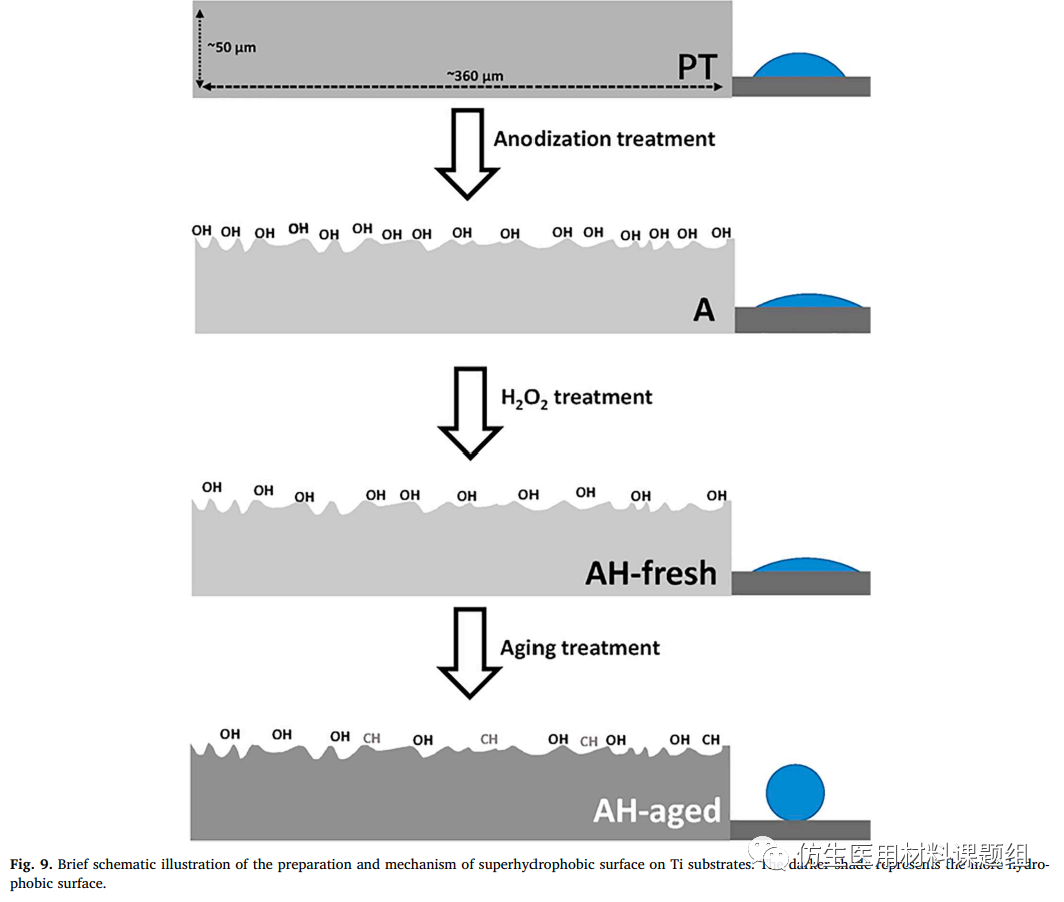
该文章内容致力于散播新技术应用新闻资讯,很有可能有转截/引入之状况,若有侵权行为请联络删掉。
上一篇: 科普:超亲水+能防雾,自洁玻璃的原理介绍
下一篇: UV老化测试标准
 派旗纳米·官方网站
派旗纳米·官方网站
